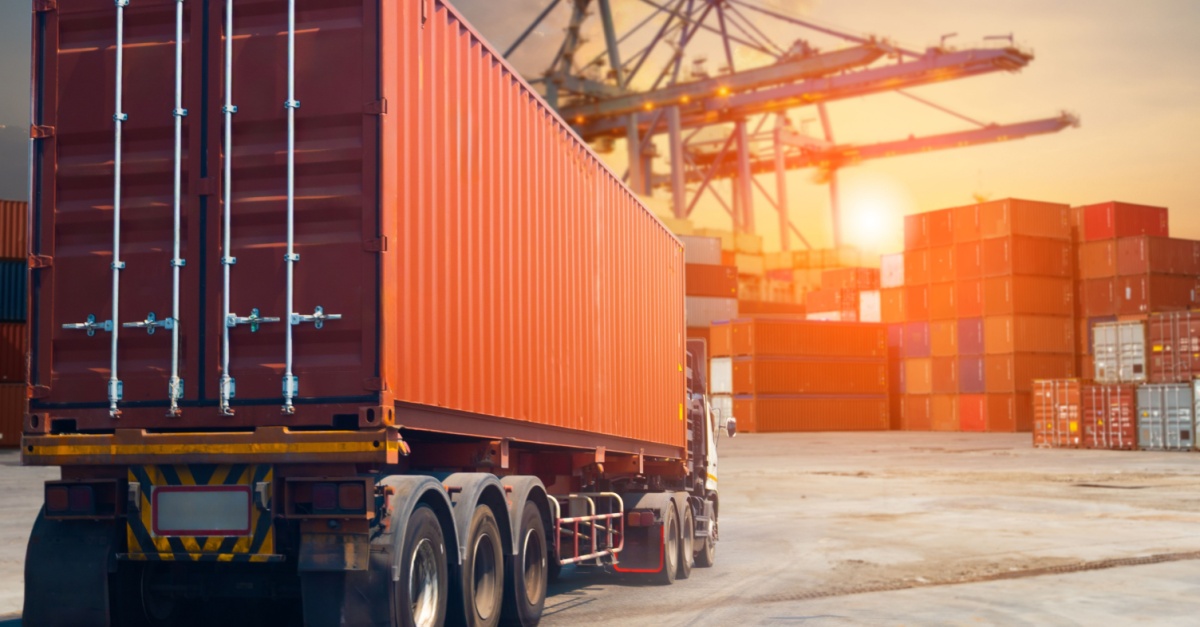

Over the past few years, the logistics industry has been rocked by wave after wave of disruption. From pandemic-era shutdowns and port congestion to labor shortages, increasing costs, and recent geopolitical instability, freight has become increasingly difficult to manage. Shippers that once relied on predictable lead times and stable capacity are now navigating delays, volatile rates, and capacity fluctuation.
In this climate, building a resilient supply chain is essential. As companies reevaluate their transportation strategies, many find intermodal freight offers a reliable, flexible alternative to OTR. By leveraging the combined strengths of rail and truck, intermodal improves cost control, mitigates risk, and provides consistency that modern supply chains demand.
At VCPB Transportation, we’ve seen firsthand how putting intermodal freight into the mix helps shippers adapt to uncertainty while keeping goods moving efficiently and affordably.
The challenges facing shippers today are well documented, and they’re not going away anytime soon.
First, there’s the issue of shifting supply chain economics. According to CNBC, the seesawing dynamics of the current trade war have led more U.S. importers to set up inventory financing arrangements with their banks to free up cash by keeping excess product from weighing down the balance sheet.
Ongoing disruption in the critical Red Sea passage — with Houthi attacks continuing despite U.S. and Israeli bombardments — has the dual effect of prolonging sailing by weeks around Africa and raising transportation costs. These types of disruptions ripple through global transportation networks, leaving containers stranded and shipments delayed.
Meanwhile, the domestic freight market has been hit by rising insurance premiums — up nearly 44% over the past five years — and hours-of-service (HOS) requirements, although there is a push for deregulation of the latter. Another major factor is the new English Language Proficiency (ELP) requirement via a Trump executive order, which could sideline tens of thousands of drivers, limiting capacity and pushing rates upward.
Add to that the growing emphasis on sustainability and the need to reduce carbon emissions, and it becomes clear that traditional trucking can no longer carry the load on its own.
These disruptions affect customer experience, inventory planning, and business performance. Missed delivery windows lead to lost sales and diminished trust. Unpredictable transportation costs make it harder to forecast budgets. In this environment, more shippers are recognizing the need for an alternative that’s both cost effective and consistent.
Intermodal transportation is emerging as a strategic solution for companies seeking dependability and adaptability in the face of disruption. When transloading services are combined with intermodal by a single provider, it becomes a win-win proposition.
Intermodal shipping can offer greater predictability than long-haul trucking alone. Rail service, which operates on fixed schedules and is less impacted by driver availability, helps reduce exposure to capacity constraints and highway-related delays. When rail is combined with localized trucking for first-mile transit and last-mile delivery, shippers can achieve more reliable delivery performance, even across complex routes.
Intermodal offers a significant advantage when it comes to controlling transportation costs. Rail is considerably more fuel-efficient than trucking: One gallon of fuel can move a ton of freight over 470 miles by rail, compared to far shorter distances by truck. By reducing reliance on long-haul trucking, intermodal can cut costs substantially, especially on cross-country or high-volume lanes.
With growing pressure from regulators, investors, and consumers, many companies are looking for ways to reduce their carbon footprint. Because rail emits up to 75% less CO₂ per ton-mile than trucks, intermodal plays a crucial role in lowering greenhouse gas emissions.
Intermodal freight is also highly adaptable to changing market conditions. During periods of high demand, it offers a scalable alternative to congested highways. When disruptions affect one mode of transportation, intermodal providers can shift routes or balance capacity across networks. This flexibility makes intermodal an essential tool for resilient logistics planning.
At VCPB Transportation, we specialize in helping shippers unlock the full value of intermodal freight. With decades of experience, we understand the complexity of building a network that balances cost, speed, and reliability.
Here’s what sets us apart:
Industry trends all point to continued growth in intermodal freight. As the market demands greater resilience, sustainability, and cost control, the ability to leverage rail as part of an integrated logistics strategy is becoming a competitive advantage.
But not all intermodal providers are created equal. Success in this space requires deep expertise, strong relationships, and the ability to manage complexity at scale. That’s where VCPB Transportation shines.
If you’re seeing the negative impacts of logistics disruption, intermodal could be the key to a more stable, efficient supply chain. Contact VCPB Transportation to learn how our intermodal solutions can support your business goals and start shipping with us today.